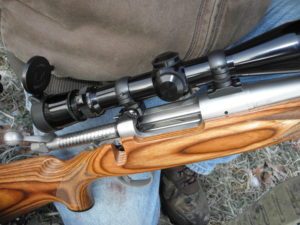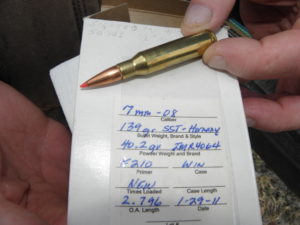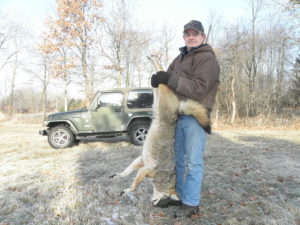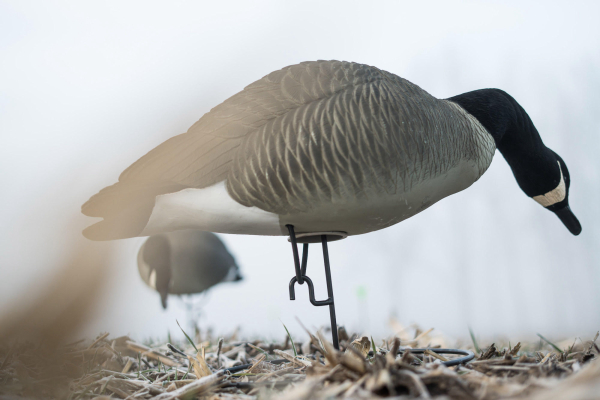Taking Out a Michigan Fawn Killer
By Glen Wunderlich
Hunting coyotes is always a challenge and adverse weather conditions can make it even more so. High winds, rain, snow or extremely cold temperatures can make hunting more than uncomfortable. However, by employing some basic deer hunting tactics, the predator hunter can not only bear the elements but he may have reason to grin, as well.
Planning a hunt in advance can mean that hunters may be subjected to unfavorable conditions on the day(s) of the hunt. Sometimes it just doesn’t make sense to attempt to define the difference between brave and stupid. But, on this brisk and frosty January morning, we had a plan.
Nothing would please me more than to remove a local fawn killer from the gene pool within the boundaries of our deer hunting grounds. With light wind from the west, my hunting partner, Joe, and I agreed that one of our deer hunting shacks would be the perfect site for an ambush. There, we could take advantage of the prevailing wind and the warmth from a propane heater in the blind. Typically, a heater is not necessary, because setting up for a coyote encounter doesn’t usually involve extended stays – usually, 20 minutes or so – but, not this time.
Overnight temperatures had dipped to 16 degrees Fahrenheit and had transformed the ground into a crunchy carpet of ice balls. The sound of two flat-footed hunters making their way across the landscape was like crushing styrofoam in the still air; it was impossible to make a quiet approach.
While Joe carried the firearms to the blind
, I set up a full-body coyote decoy about 100 yards into the wind and the FoxPro electronic caller was placed nearby. Deer urine collected and melted from yellow snow was applied to our boot soles and around the decoy – not on it.
Here is where the heated blind comes into play: We fired up the heater and let our disturbing approach succumb to patience, as we waited for dawn. We positioned ourselves to cover any potential activity in the field using sandbag rests for our rifles – a distinct advantage. Plus, in the event of electronic caller failure, I carried a couple of hand calls for backup.
A half hour or so had passed before I selected some vole squeaks with the remote transmitter. (It’s always best to start a calling sequence at low volume in case a varmint is lurking nearby. Since the hearing of coyotes is almost incomprehensively superior to that of humans, there is no need to blast out sounds.) The stillness of the air was then interrupted by 30 seconds of pitiful squealing sounds, before hitting the pause control. Several minutes of quiet produced nothing, so I repeated the procedure. We watched.
With no response, I switched to the predator hunters’ favorite sound: a rabbit in distress at low volume. After another quiet period, nothing appeared, so I increase the volume a bit more, switched the caller off, and we continued to scan for movement. Minutes had passed and then Joe noticed a lone coyote curiously searching for some fast food along a brush line about 150 yards out.
The 33-pound female paused long enough for Joe to launch a 139-grain Hornady SST projectile from his Remington Model 7 in 7mm-08
, while I plugged my ears and watched intently. The killer was dead.
Saving fawns can be a challenging experience, although success is never guaranteed. But, this time, we beat the odds.









